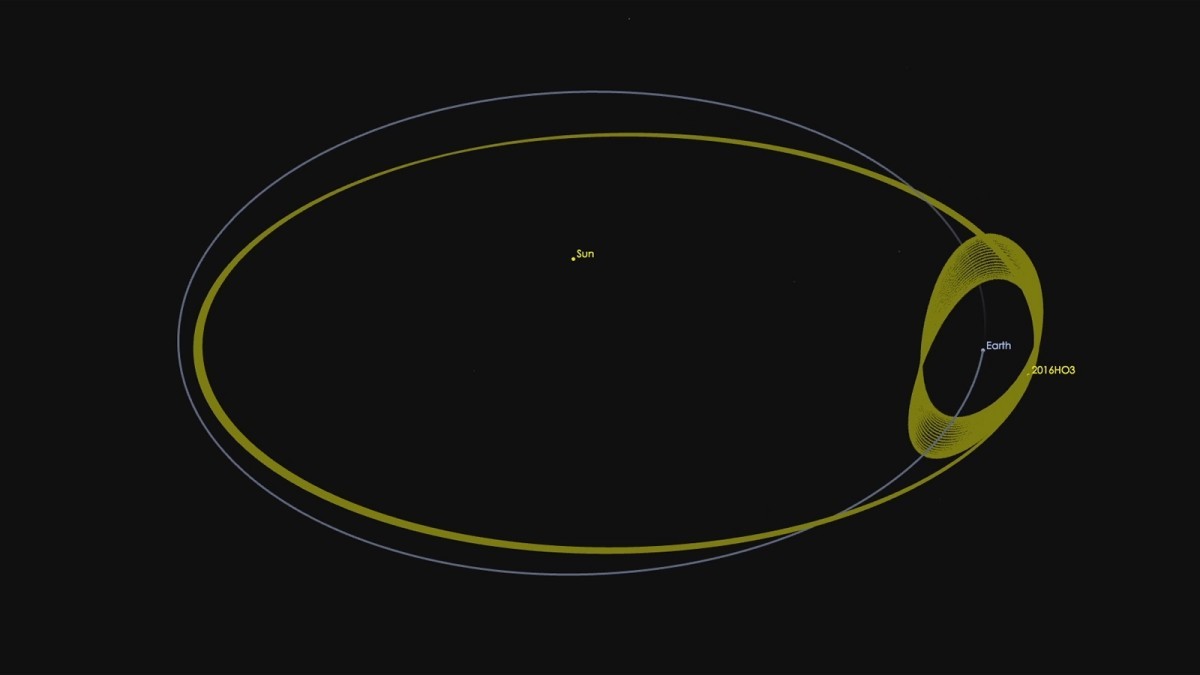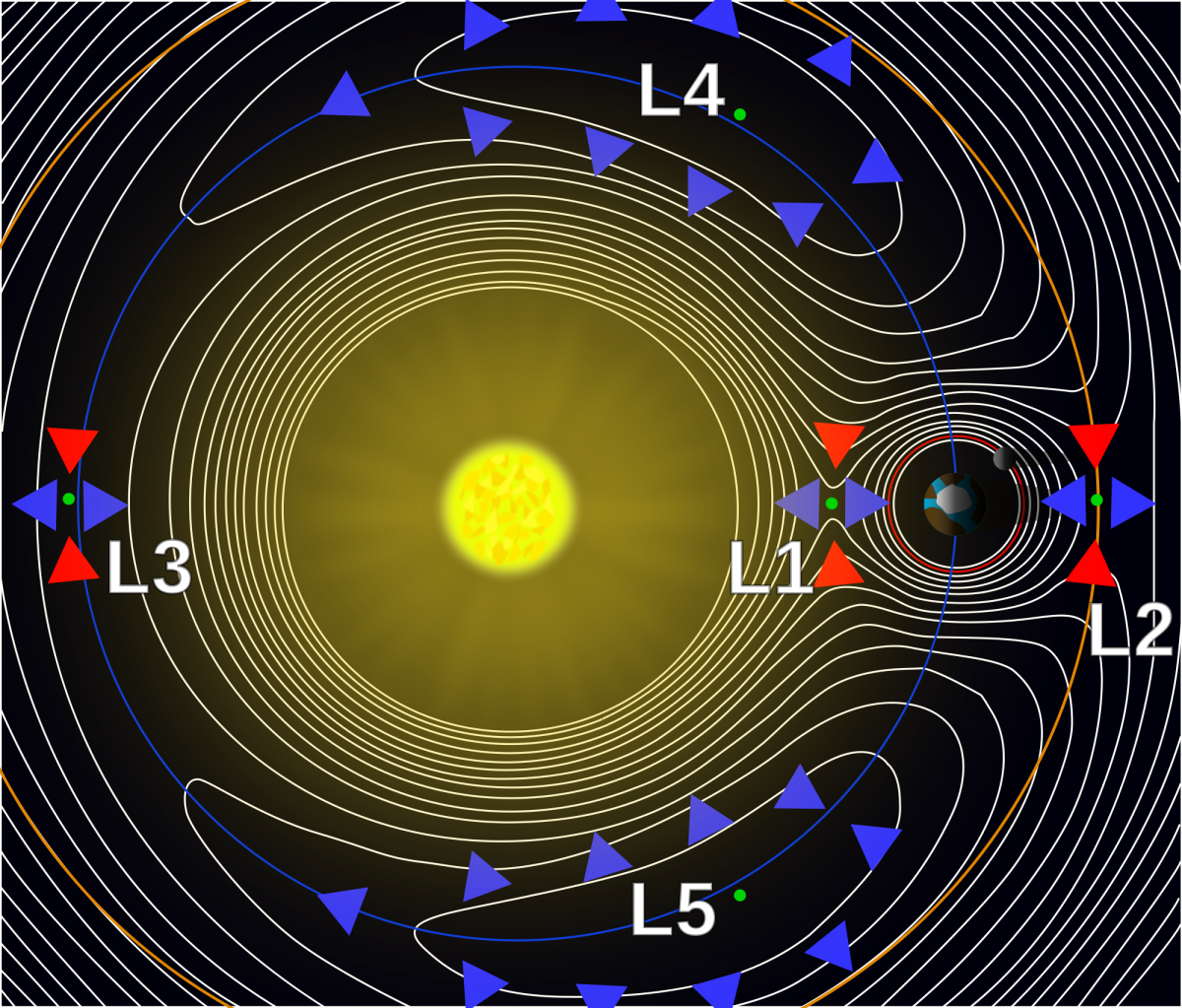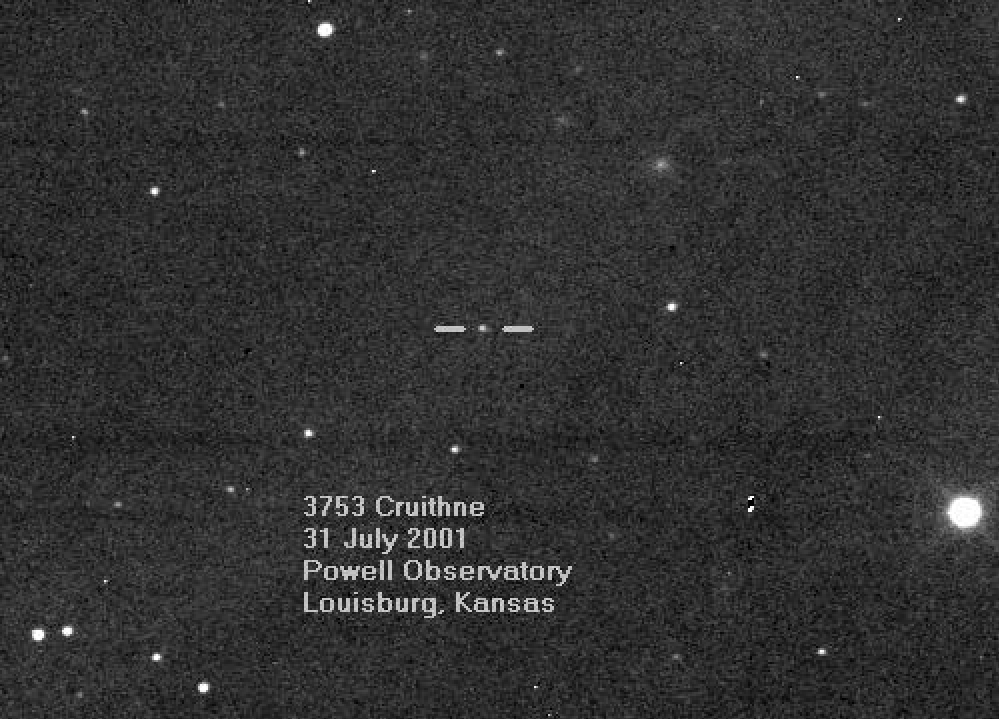Ask Ethan: Is it true that Earth has a second moon?

In ancient times, people looked at the moon and thought about where it came from, what place it occupies in the Universe, and why it is only one with us. After the discovery of Jupiter, Saturn and other worlds with several moons - including our neighbor Mars, who has more than one - we thought about why we have one. But this assumption may be wrong, since the study from 2016 claims that we have a second moon! Is it true? Our reader asks :
I came across the news about the Asteroid 2016 HO3 on the Internet, and I’m wondering - is it true what they say about it?
Indeed, there is a small object moving in an orbit not far from the Earth, and a good observer with suitable equipment can detect it himself!

The satellite can coexist with the planet in two ways. The first, the most familiar to us - as in the case of the Moon - occurs when an object is associated with the main body. This means that it has a certain speed and an orbit at a certain distance from the planet, allowing it to remain in orbit indefinitely. Such an orbit cannot be too large or too elliptical, otherwise the influence of other worlds and objects of the Solar system will destroy the satellite or throw it out of the system. If we look at all the moons in the solar system, we will see that all of them have such characteristics.
')
But to remain a natural satellite of the planet, it is not necessary to be tied to it directly. Just as the planets move in stable orbits around the Sun, each orbital distance has its own set of stable or quasistable paths around the main body.

If you draw an equilateral triangle around the Sun, one of the vertices of which will be in orbit of the planet (for example, the Earth) opposite this planet, then the other two vertices will be quasistable points, or Lagrange points L4 and L5. They are not completely attached to the Earth, and are not completely stable, unlike the stability of our Moon. But a mass that has fallen into one of such points in a stable orbit around the Sun will take many millions or even billions of years to be thrown out of it by the gravitational effects of other bodies of the Solar System. The masses located close to these points will also maintain quasi-stable orbits, either catching up or ahead of the planet in its orbit (or oscillating between two states) for a very long time.

Such classes of objects were first discovered in Jupiter, and they are known under the common name of Trojan asteroids . Initially, the group located at L4 and the group located at L5 were separated from each other, and some were called Greeks, and others were Trojans, in honor of the factions from the Iliad who had fought. And for the first time in history, at least in the case of names, the Trojans won. But now it is already known that they are not only among the gas giants - and a small number of them were discovered by Mars. They can be tiny, and heaps are probably swarming around every body of the Solar System, but they cannot be seen with ordinary telescopes. These are not true moons, since they are only quasi-stable, and most of them will be thrown out of their positions for several thousand years (and some, on the contrary, will remain there for billions of years!)
And here we come to Earth. Are there any Trojan asteroids orbiting the sun with us? This may surprise you, but Asteroid 2016 HO3 is not even the first “second moon”, of the “moons” known to us, existing near the Earth!
This honor belongs to the asteroid 3753 Kruitni , discovered back in 1986, which also orbits the Sun near the Earth. Like most Trojan asteroids, it moves along a bean-shaped path (if viewed from Earth), but given the duration of its orbit at 365 days, its location can be reliably predicted for a sufficiently distant future. As far as we know, this asteroid will be a stable Earth quasi- satellite for thousands of years.

As observations of large areas of the sky become more and more efficient, we can detect objects at an ever greater distance from the Earth. In 2006, the Katalinsky heavenly survey discovered another small Earth quasi-satellite: 2006 RH120 . In 2010, the third object of this class, (419624) 2010 SO16 , was discovered by NASA's WISE mission. Therefore, the hype around the last discovered asteroid is unfounded. Yes, this is the newest one, it was opened in April 2016 with the Pan-STARRS 1 telescope from Hawaii, which monitors asteroids. But still it is an asteroid no more than 100 m in diameter. The only thing that is interesting in it, and what distinguishes it from other quasi-satellites, is that it is not in a Trojan orbit, and does not move around the Sun synchronously with the Earth, but is directly attached to Earth as the Moon!
And yet its orbit is strongly elliptic, it is tied to the Earth a thousand times weaker than the Moon, and most likely gravitational interactions will eject it from orbit for centuries or millennia, rather than millions of years. In fact, a single asteroid already had a similar orbit, 2003 YN107 , but in 2006 it returned to a horseshoe-shaped orbit . The same will happen with the new asteroid in a few centuries. So, if you need a constant moon, these objects do not pull on it. Astronomical time scales are called so not in vain, and if you can trace their development during human life, they are very far from the title of a real moon!
Source: https://habr.com/ru/post/373479/
All Articles